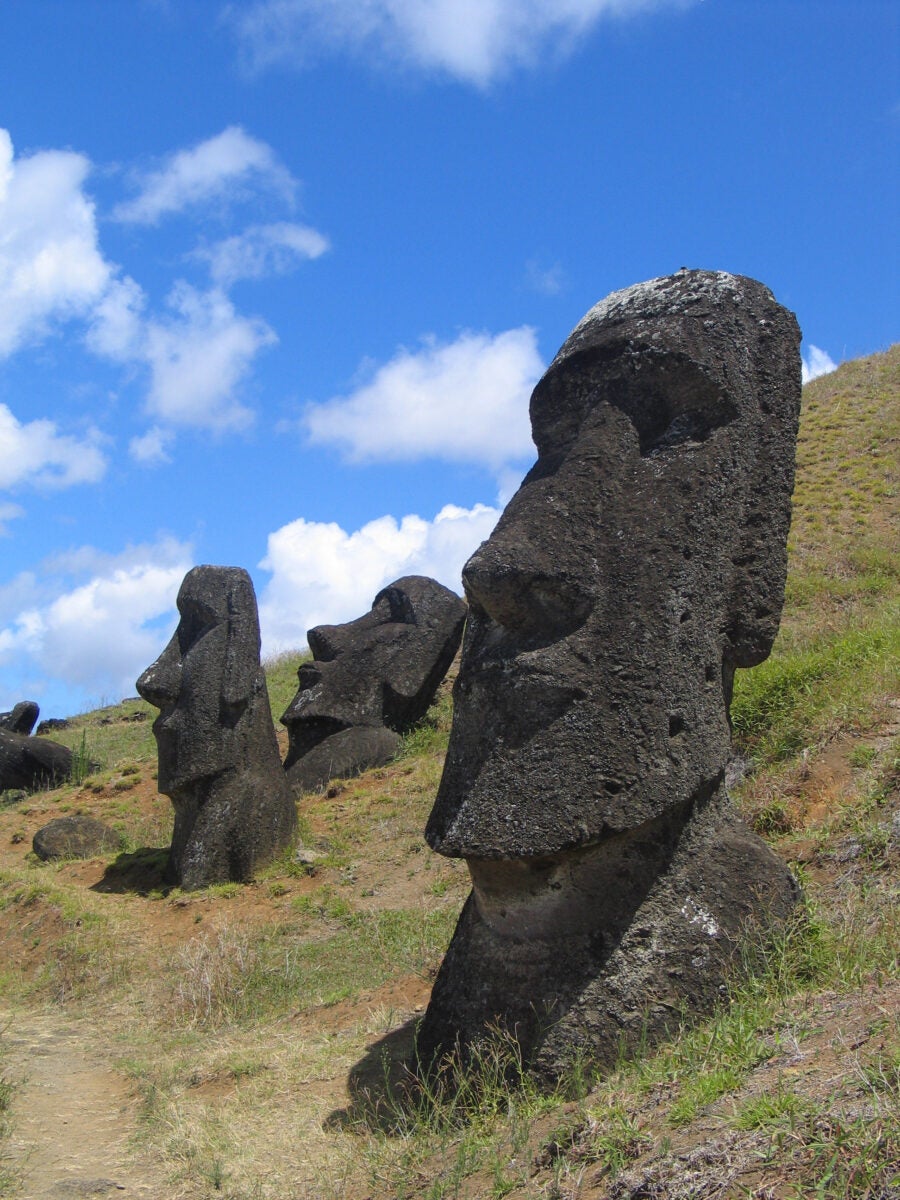
You may not know it, but we’re on the cusp of another solar eclipse. Next Wednesday, October 2, an annular eclipse will take place.
Of course, 71 percent of our planet’s surface consists of oceans, and this eclipse will be one that barely touches land. It will be visible entirely from the Pacific Ocean with the exception of Easter Island and a small portion near the southern tips of Argentina and Chile. A partial eclipse, within the penumbra, will be visible from Hawaii, eastern Oceania, southern and central South America, southwestern Mexico, and parts of Antarctica.
An annular eclipse occurs when the Moon is somewhat distant from us and fails to cover the entirety of the Sun’s disk, leaving a ring, or annulus, of sunlight around the Moon’s edge.
I’ll be along with a group of adventurous Astronomy magazine travelers in conjunction with our travel partner, Eclipse Traveler, led by Cengiz Aras. We will see annularity from one of the most exotic spots I can think of on Earth: Easter Island, home of the celebrated enormous stone Moai statues, which will be amazing to see. While not touring parts of Chile (the expedition begins in Santiago) and Easter Island, we’ll get 5 minutes 48 seconds of annularity — a nice, long eclipse.
I will look forward to bringing you as many reports from the field as time will allow, and of course a full after-action report will appear on our website and in Astronomy magazine.
See you in the field!









